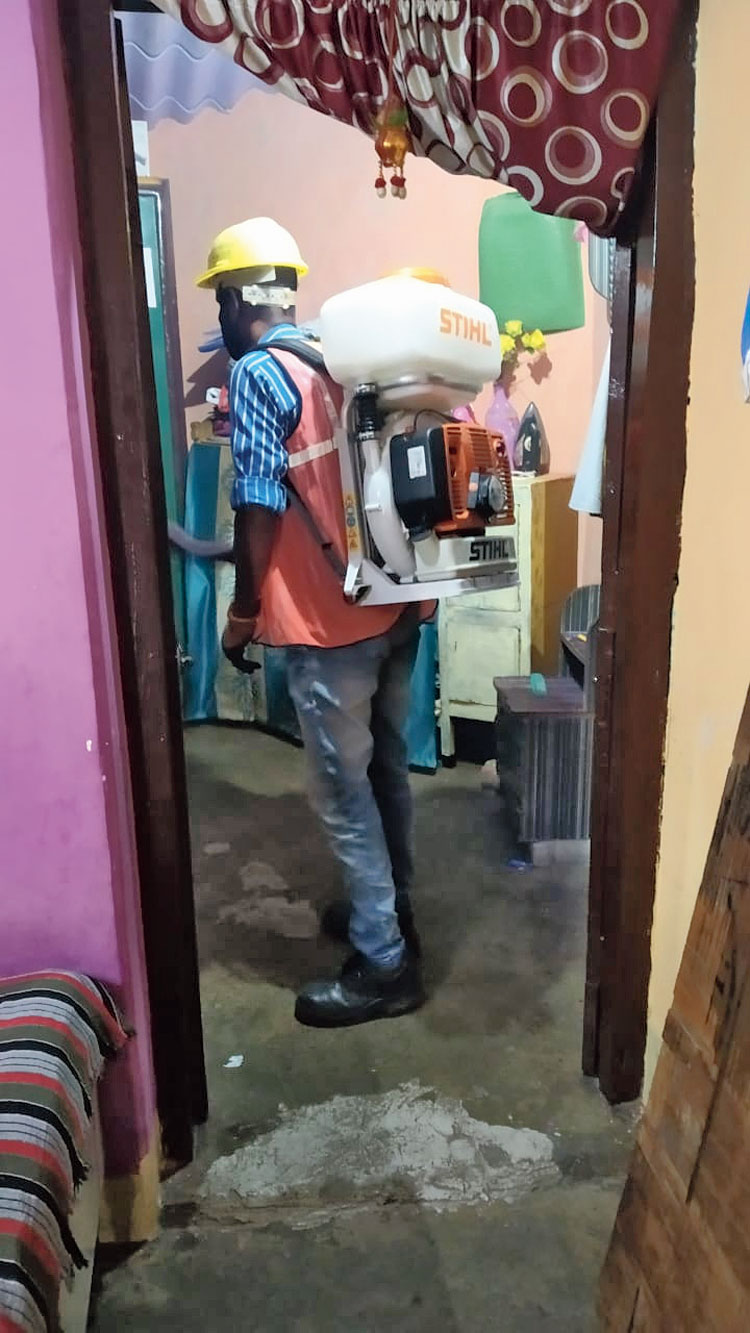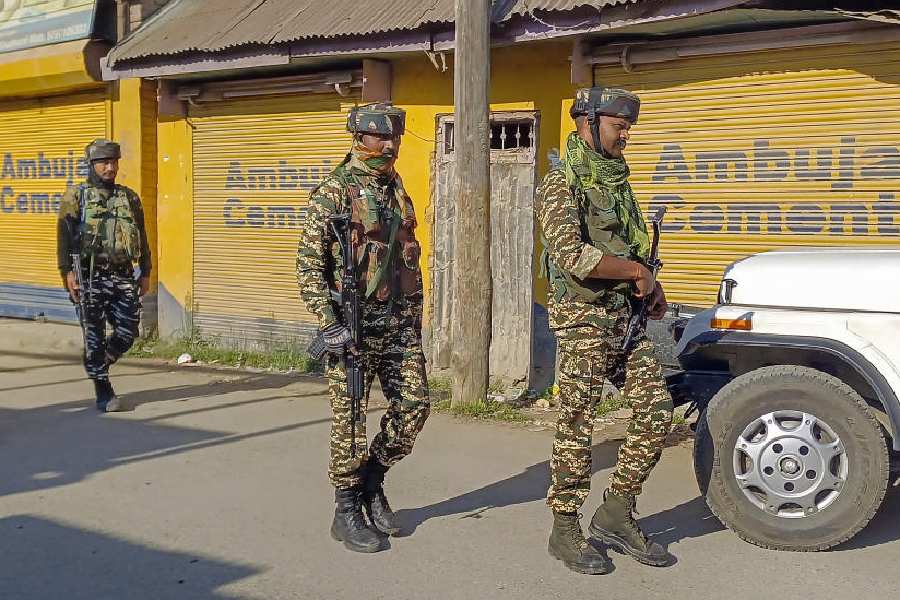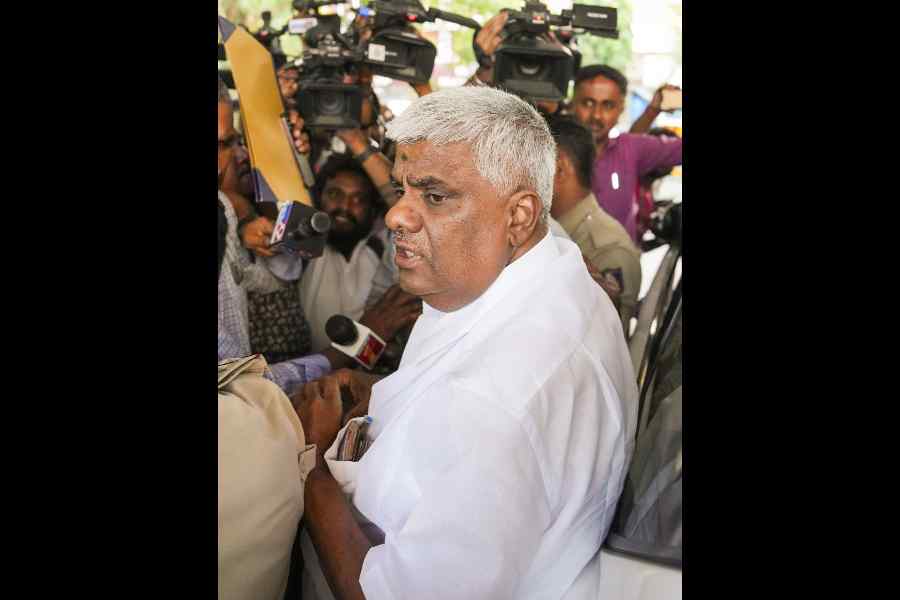Various government departments will launch a coordinated fight against the vector menace this year before the onset of the rainy season.
The state health department is planning to constitute a joint task force to chalk out an action plan against vector-borne diseases (read the mosquito menace) in big cities like Ranchi, Jamshedpur, Dhanbad and Bokaro.
“We have planned to hold a joint task force meeting of various departments in our fight to control vector-borne diseases on February 28 at our Namkum office in Ranchi,” said Shailesh Kumar Chaurasia, state mission director, National Health Mission.
“We will set the ball rolling for the constitution of a joint task force committee and take valuable inputs of all stakeholders to plan out an action plan in order to contain vector-borne diseases.”
The senior health official said that another round of meeting would be held before the monsoon to enforce the action plan.
“Usually the vector-borne diseases like dengue, chikungunya and JE (Japanese encephalitis) outbreaks take place during monsoon and we should have our action plan ready to counter it. We might have another round of meeting with the joint task force,” said Chaurasia.
The joint task force will include bureaucrats heading the departments of school education and literacy, rural development, drinking water and sanitation, information and public relations, water resources, women & child development and social security, agriculture animal husbandry and cooperative society, urban development, road construction, and panchayat raj.
State entomologist in the National Vector Borne Diseases Program (NVBDP), Sagya Singh outlined the significance of this joint task force.
“We need a multi-department approach to counter spread of urban centric vector borne diseases like dengue and chikungunya as the vectors for such diseases breed in fresh water,” said Singh.
He was instrumental in coordinating with various departments as part of the fight against dengue, chikungunya and Japanese encephalitis last year,
“In last few years we have seen how important is the role of the civic bodies (under the urban development department), road construction (in filling up trenches alongside roads and highways) and even the education and public relations departments (in spreading awareness),” he added.
The official said that civic bodies should be proactive in penalising habitual offenders such as cattle-shed owners.
“We do not have the mandate to punish offenders nor do we have the manpower to conduct house-to-house search to identify vector breeding spots like cattle sheds, abandoned materials which can store water and households encroaching on drains leading to their clogging. We need the active involvement of the urban development also in fogging exercises,” Singh added.
Last year, there were 825 dengue-positive cases and 169 chikungunya-positive cases in the state.
However, no deaths were recorded from those diseases anywhere in Jharkhand last year.
There were nearly 556 cases of dengue in 2017 in Jamshedpur and its outskirts with four deaths, which was reduced to 69 cases and two deaths in 2018 due to a massive awareness campaign and surveillance programme.
State capital Ranchi witnessed over 360 cases of dengue in 2018 and two deaths which the district health officials had, however, denied.










